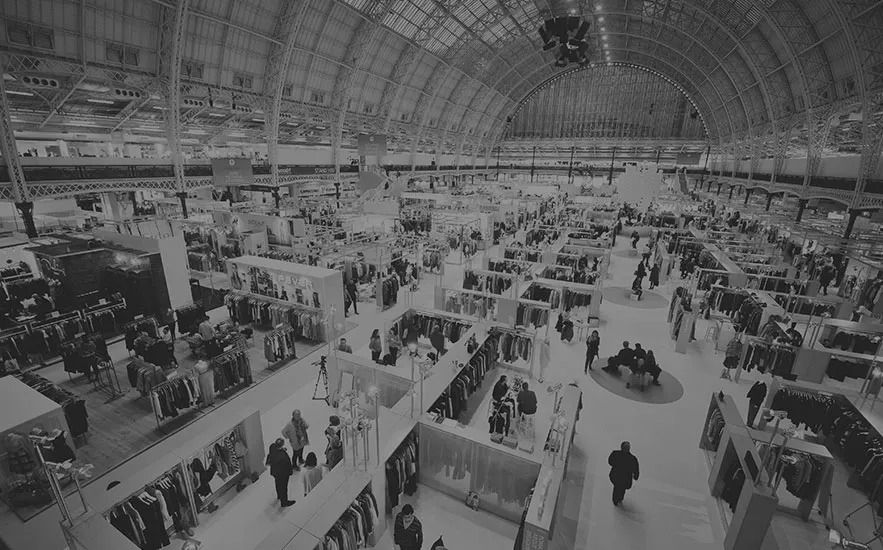Unconscious bias occurs when people favour others who look like them and/or share their values. For example a person may be drawn to someone with a similar educational background, from the same area, or who is the same colour or ethnicity as them.
Another form of unconscious bias is known as the halo effect. This is where a positive trait is transferred on to a person without anything really being known about that person. For example those who dress conservatively are often seen as more capable in an office environment, based purely on their attire.
Behaviour which reinforces the bias is noticed whilst behaviour which does not is ignored. This is how decisions based on unconscious bias are justified.
Everyone has unconscious biases. The brain receives information all the time from our own experiences and what we read, hear or see in the media and from others. The brain uses shortcuts to speed up decision making and unconscious bias is a by-product. There are times when this sort of quick decision making is useful, for example if faced with a dangerous situation, however it is not a good way to make decisions when dealing with recruiting or promoting staff.
Unconscious bias at work can influence decisions in recruitment, promotion, staff development and recognition and can lead to a less diverse workforce. Employers can overlook talented workers and instead favour those who share their own characteristics or views.
Where unconscious bias is against a protected characteristic, it can be discriminatory. For example if during a recruitment process an employer ignores the skills and experience of a candidate who is a different race than them and appoints another candidate who is the same race, this could be discriminatory. Find out more at acas.
All resources below have been recommended by AEO, AEV, and ESSA members. If you would like to submit a resource for consideration on Identifying Unconscious Bias, including articles, videos, books, and/or films, please send it to us by clicking the button below.



